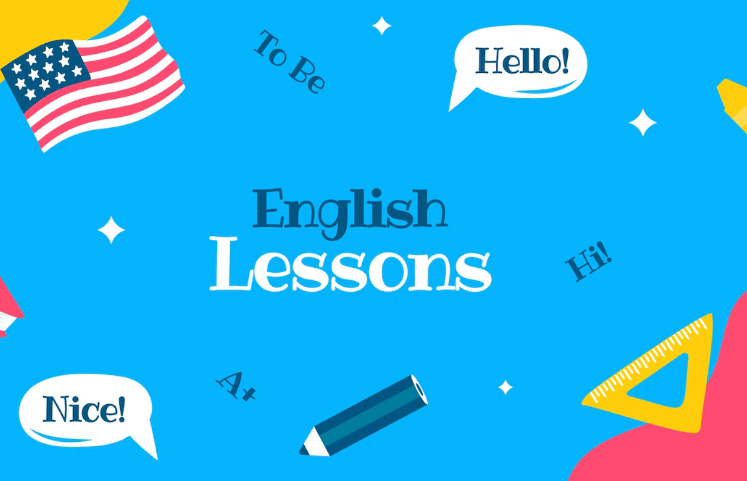The International Phonetic Alphabet (IPA) is an alphabetic system of phonetic notation based primarily on the Latin alphabet.
It was devised by the International Phonetic Association in the late 19th century as a standardized representation of the sounds of spoken language
Table of Contents
- What’s the British Interactive Council Phonemic Chart?
- Why Should We Study the Phonetic Symbols?
- Why Should We Use the British Council Interactive Phonemic Chart?
- How does the British Interactive Phonemic Chart Integrate with other Resources?
- Why Should I Choose a Good Dictionary?
- Will I be able to write the phonetic transcription of all words someday?
- How should I prepare for Exams?
- How to Download the British Council Phonemic Chart
What’s the British Interactive Council Phonemic Chart?
The British Council Interactive Phonemic Chart helps you hear the 43 sounds of the International Phonetic Alphabet. The sounds are grouped into three categories:
- Vowels Sounds
- Diphthong Sounds
- Consonant Sounds
Each symbol included in the chart comes with its sound and example to make learning easier.
Why Should We Study the Phonetic Symbols?
Studying the phonemic symbols increases your chances of getting a good pronunciation because:
- You can identify sounds that are similar to your native language so you don’t have to focus so much on them.
- You can easily identify the number of sounds that aren’t part of your native language. Knowing which sounds are difficult, you can spend some time working on them.
- You can easily spot the mistakes and errors in your own pronunciation and the pronunciation od others.
- You can learn how a word is pronounced by checking a dictionary. If you know the phonetic symbols well, you don’t need somebody around 24/7 pronouncing words for you
- You can learn accurate pronunciation, you can’t rely 100% of what you know or how you have pronounced a word over many years because you might have mispronouncing a word until the point that you think that you are pronouncing a word accurately.
Why Should We Use the British Council Interactive Phonemic Chart?
The British Council Interactive Phonemic Chart is based on the International Phonemic Alphabet (IPA), with the IPA you can study any language in the world with a consistent, world recognized, system of phonetic symbols that tell you the exact proper way to pronounce the sounds in any language you choose. These sounds are clearly defined for any language. You know exactly how to say it.
How does the British Interactive Phonemic Chart Integrate with other Resources?
The British Council Interactive Phonemic Chart is one of the most recommended tools because there are others resources that can be used with these resources:
- The Cambridge Online Dictionary, a dictionary which provides the phonetic transcriptions of the words that you search.
- The all time best series English Pronunciation in Use is another perfect partner since all the symbols included in the book are the ones featured in the International Phonetic Alphabet
- YouTube videos that cover all the sounds in English Pronunciation, here you can the best 43 videos will make a difference in your teaching or learning
Why Should I Choose a Good Dictionary?
Well, Teachers are not around 24/ 7 to answer your questions so an online dictionary can help you when you are doing homework since learning the phonetic alphabet requires you to be an independent learning, you will have to do some work out of the classroom.
Will I be able to write the phonetic transcription of all words someday?
I wouldn’t like to set a limit to what you are capable to do but as a non-native speaker, I have to say that we never stop learning, sometimes I am reading a piece of writng and I see a word that I don’t use a lot so I go to the cambridge online dictionary to confirm if I am pronouncing the word correctly and most of the time those moments are a confirmation and sometimes those moment are moments of personal growth
How should I prepare for Exams?
When it comes to preparation for exams, you should practice words provided by your professor while he or she is teaching or the ones found in the textbook that he or she is using.
Practice as many words as you know and you will get the desired results.
Try to identify patterns in words that you already know.
For example:
- taste, lake, ate, mate and fate have the same vowel sounds
- now, cow, loud, doubt and found habe the same vowel sound.
Start with one-syllable words until you can move on to more complicated words.
How to Download the British Council Phonemic Chart
You can download this chart to use on your PC – you’ll need Adobe Flash Player to use it. If you have an Iphone or Ipad, You can install The Learn English Sounds Right App


